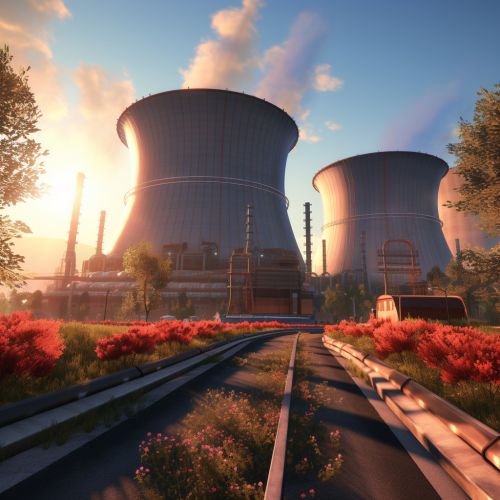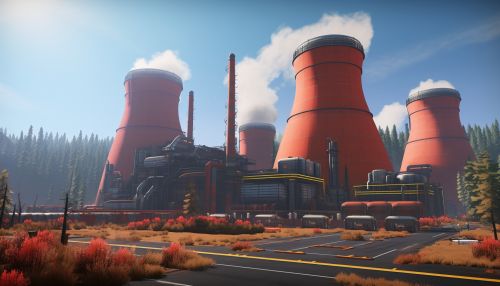Joint Comprehensive Plan of Action
Overview
The Joint Comprehensive Plan of Action (JCPOA) is a multilateral agreement reached on July 14, 2015, by Iran, the P5+1 (the five permanent members of the United Nations Security Council—China, France, Russia, United Kingdom, United States—plus Germany), and the European Union. The agreement was designed to limit Iran's nuclear program in exchange for relief from economic sanctions imposed by the United Nations, the European Union, and the United States.


Background
The JCPOA was the culmination of a decade of negotiations that began when Iran's secret nuclear program was revealed in 2002. The International Atomic Energy Agency (IAEA) had been monitoring Iran's nuclear activities since the 1970s, but it was not until 2002 that the existence of two undeclared nuclear facilities was revealed. This revelation led to a series of investigations by the IAEA and the imposition of economic sanctions by the UN Security Council.
Negotiations
Negotiations for the JCPOA began in earnest in 2013, after the election of Hassan Rouhani as President of Iran. Rouhani, a moderate, was seen as more open to negotiation than his predecessor, Mahmoud Ahmadinejad. The P5+1 and Iran reached an interim agreement, known as the Joint Plan of Action, in November 2013. This agreement provided limited sanctions relief in exchange for Iran limiting certain aspects of its nuclear program.
The negotiations for the JCPOA were complex and often contentious. They involved detailed technical discussions about the nature and scope of Iran's nuclear program, as well as political negotiations about the lifting of sanctions. The negotiations were conducted in secret, with only a small number of people involved in the talks.
Provisions of the JCPOA
The JCPOA is a detailed and complex agreement that covers a wide range of issues. It includes provisions on the limitation and monitoring of Iran's nuclear program, the lifting of sanctions, and the resolution of disputes.
Under the JCPOA, Iran agreed to limit its uranium enrichment activities, convert its heavy water reactor at Arak into a less proliferation-prone facility, and allow the IAEA to monitor its nuclear facilities. In return, the P5+1 agreed to lift nuclear-related economic sanctions against Iran.
The JCPOA also includes a dispute resolution mechanism, known as the Joint Commission. This body is responsible for overseeing the implementation of the agreement and resolving any disputes that may arise.
Implementation and Compliance
The implementation of the JCPOA has been a contentious issue. The IAEA has reported that Iran has generally complied with the terms of the agreement, but there have been disputes over the interpretation of certain provisions.
The United States, under the Trump administration, withdrew from the JCPOA in May 2018, arguing that Iran was not complying with the spirit of the agreement. The other parties to the agreement have continued to support it, and have called on the United States to return to the agreement.
Impact and Controversies
The impact of the JCPOA has been a subject of debate. Supporters argue that it has successfully limited Iran's nuclear program and increased international security. Critics, however, argue that it has not gone far enough in limiting Iran's nuclear activities, and that it has failed to address other concerns about Iran's behavior, such as its support for militant groups in the Middle East.
The JCPOA has also been controversial politically, both in Iran and in the United States. In Iran, hardliners have criticized the agreement for conceding too much to the West. In the United States, the agreement was a major issue in the 2016 presidential election, with then-candidate Donald Trump promising to withdraw from the agreement.
